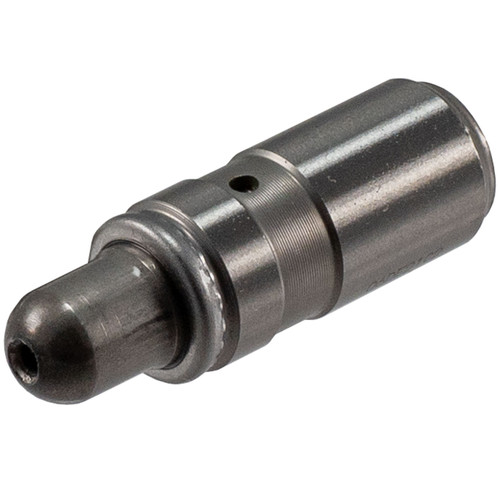Description
Melling lifters & tappets are designed and built to get the job done while ensuring efficient performance and quiet valve train operation. Melling offers a wide range of designs including mechanical flat lifters, mechanical roller lifters, hydraulic flat lifters and hydraulic roller lifters. Melling lifters are manufactured from the finest materials and designed for the proper fit and long dependable lifter life. No matter your lifter need or choice Melling lifters are compatible with virtually any engine and valve train. Precision engineered for optimum fit and function
Designed for long-life and maintenance free performance
Manufactured from high quality durable materials for long wear
Meets or exceeds original equipment specifications





